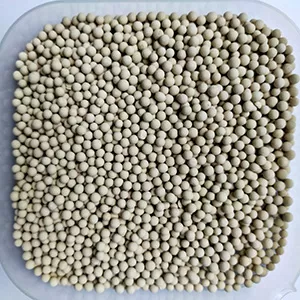5A molecular sieve is widely employed in hydrogen production for its ability to separate hydrogen from mixed gases. Its uniform 5-angstrom pores selectively adsorb larger impurities such as CO₂, methane, and propane, while allowing smaller hydrogen molecules (diameter ~2.8 angstroms) to pass through. This size-based separation ensures high-purity hydrogen (up to 99.99%) in processes like steam methane reforming or water electrolysis.

In pressure swing adsorption (PSA) systems, carbon molecular sieve further enhances hydrogen purification. It exhibits strong affinity for oxygen, nitrogen, and light hydrocarbons under pressure, making it ideal for removing trace contaminants from hydrogen streams. The packing of carbon molecular sieve in PSA columns ensures efficient contact, with regeneration via depressurization allowing repeated use.
Both molecular sieves excel in industrial settings due to their high adsorption capacity and thermal stability. 5A sieve is preferred for bulk impurity removal, while carbon molecular sieve handles fine purification, often used in tandem for optimal results. Their regenerability and selectivity make them cost-effective choices, outperforming alternatives like membrane separation in many hydrogen production scenarios.

